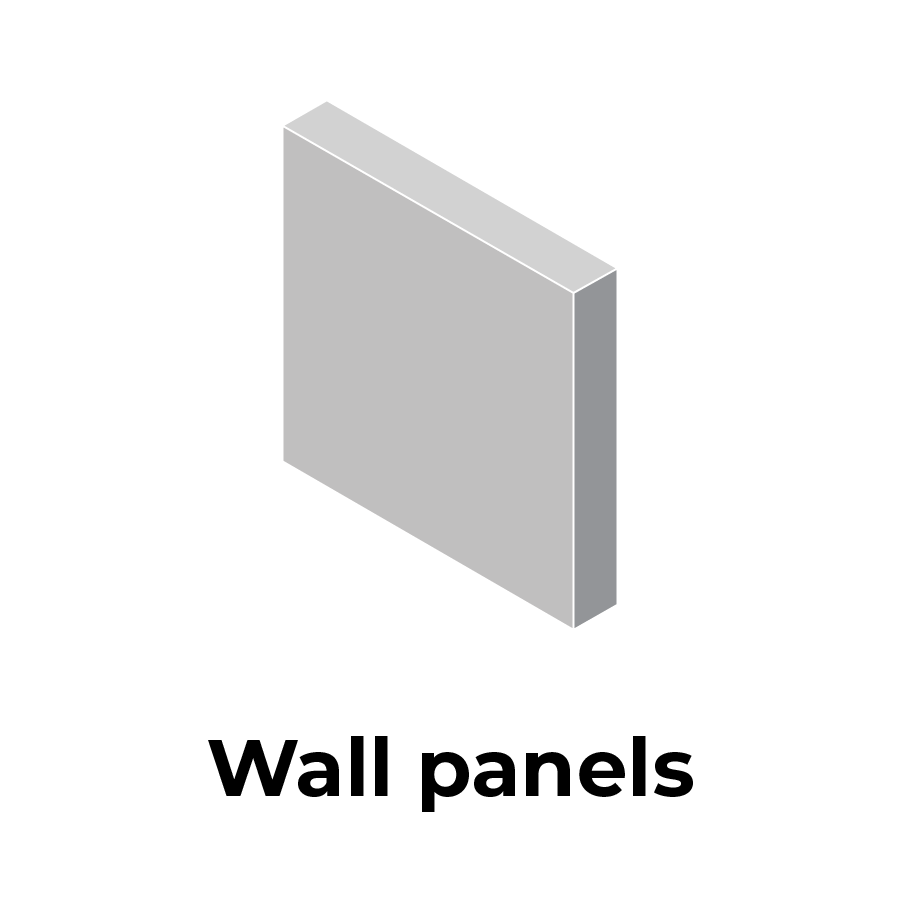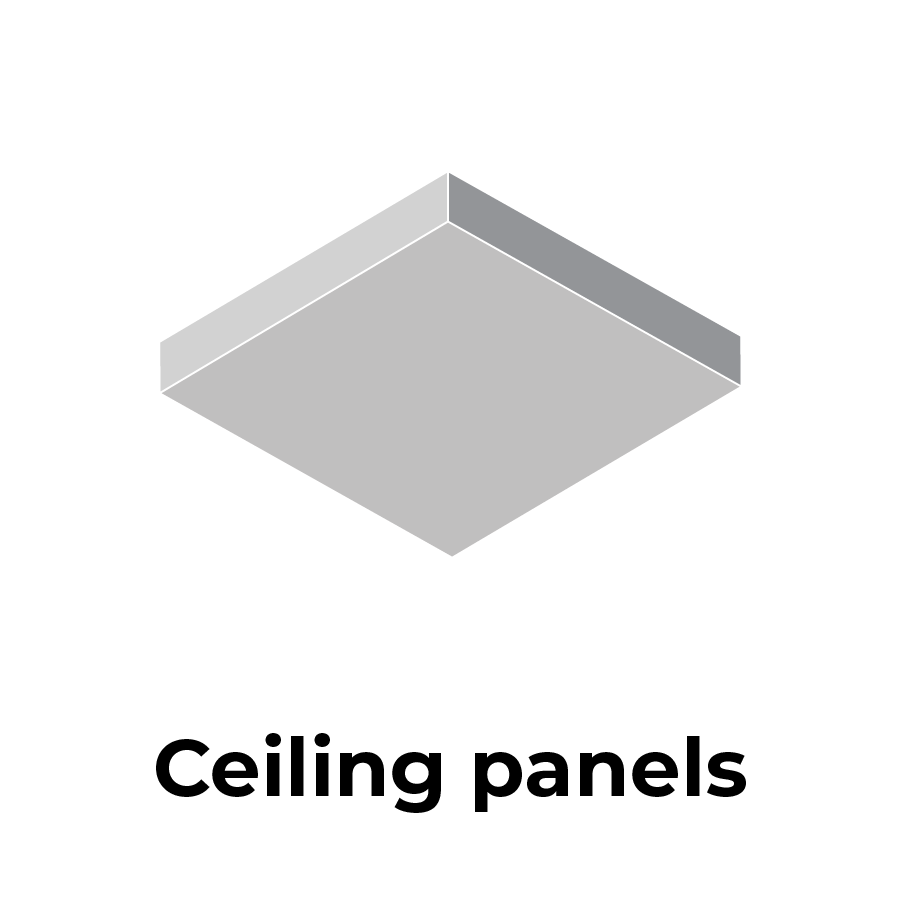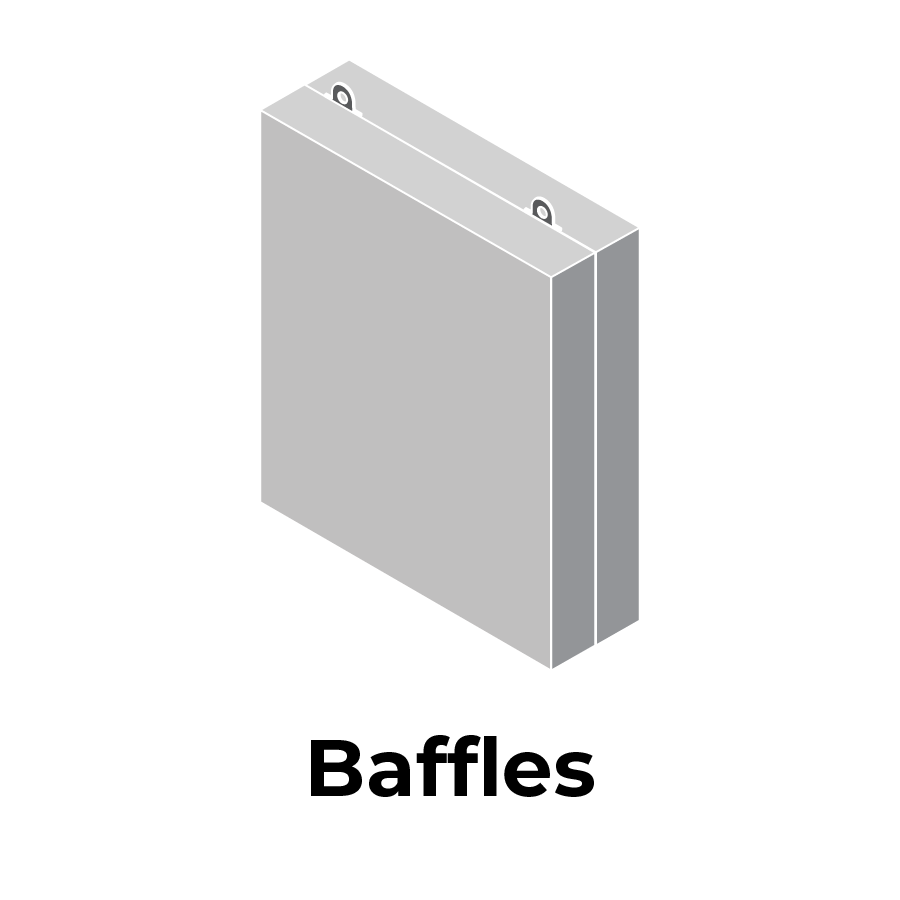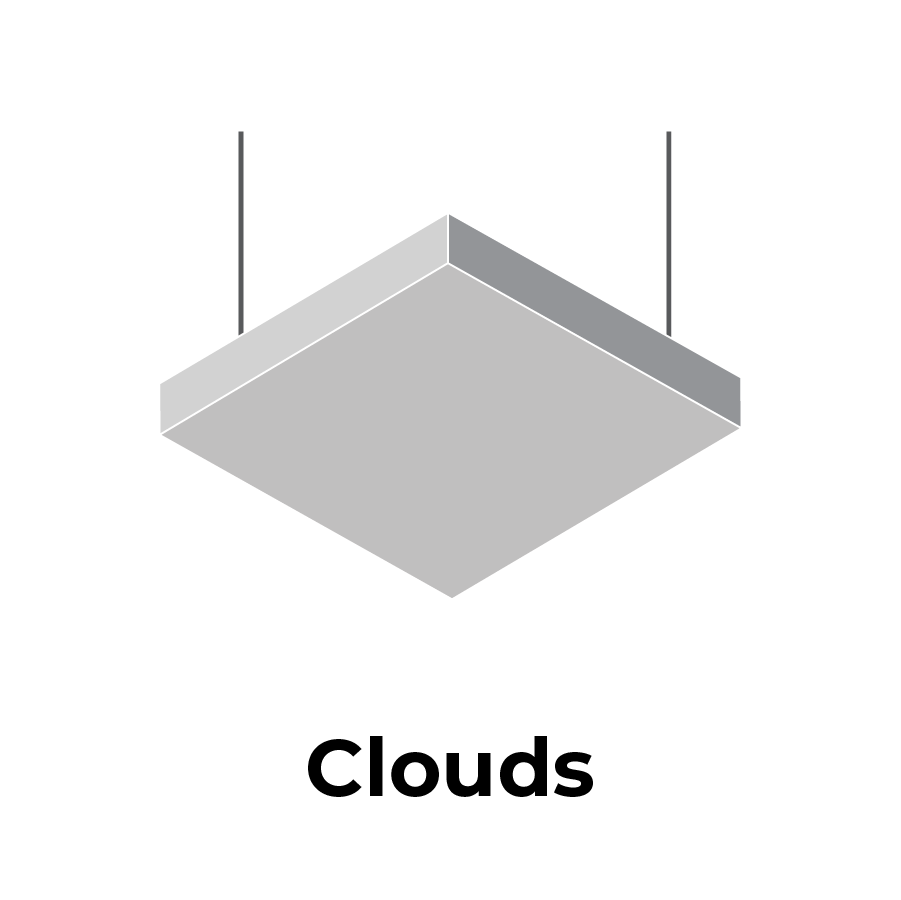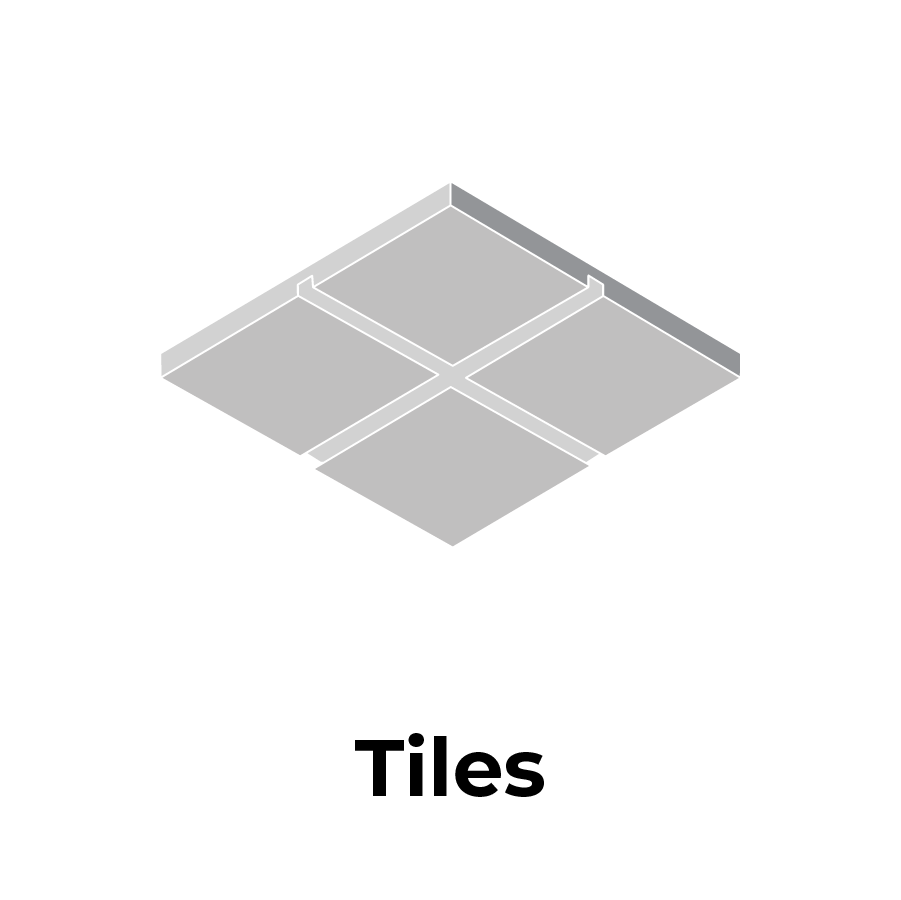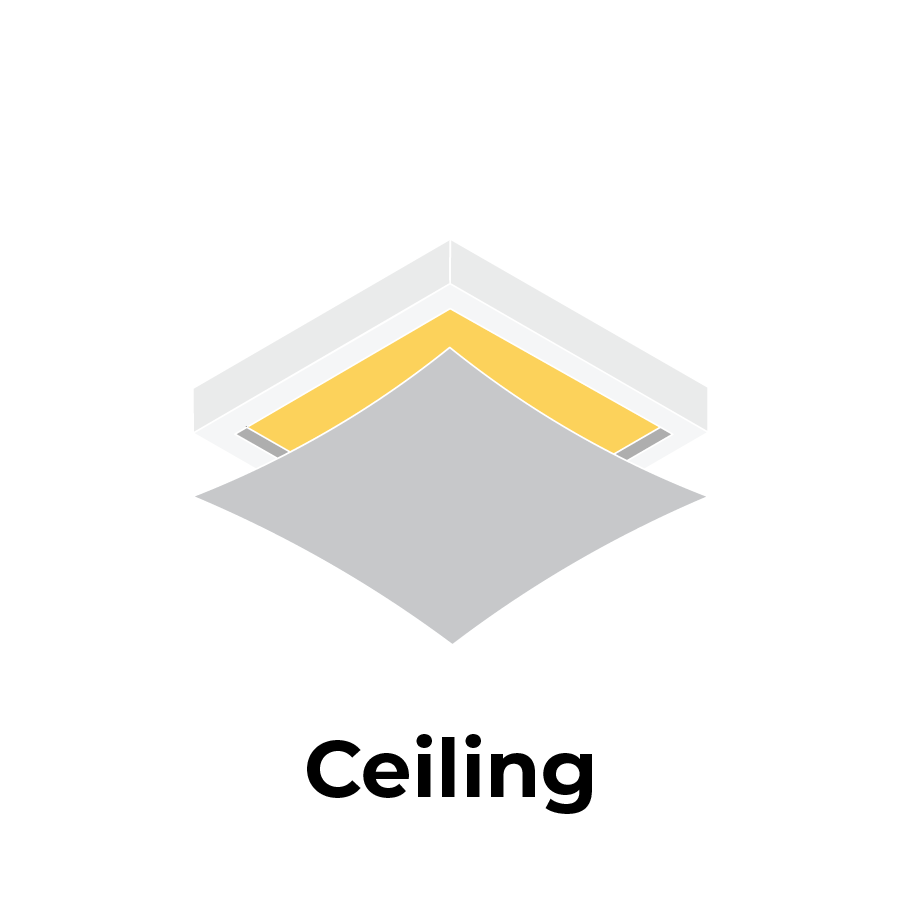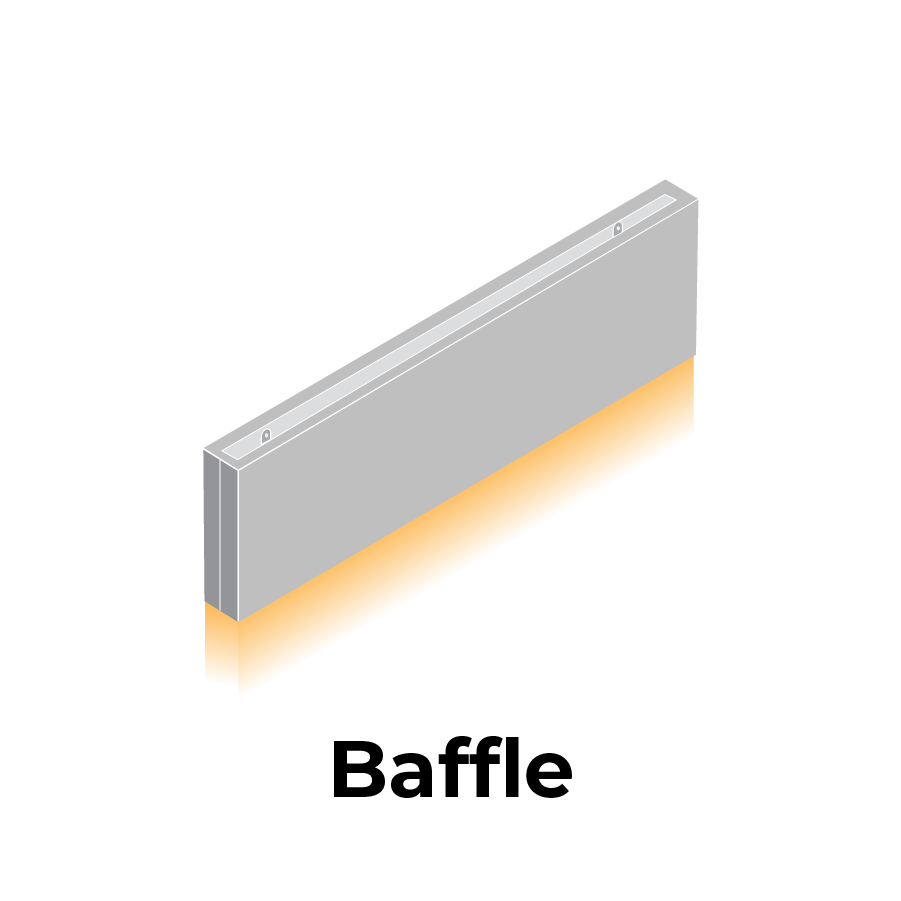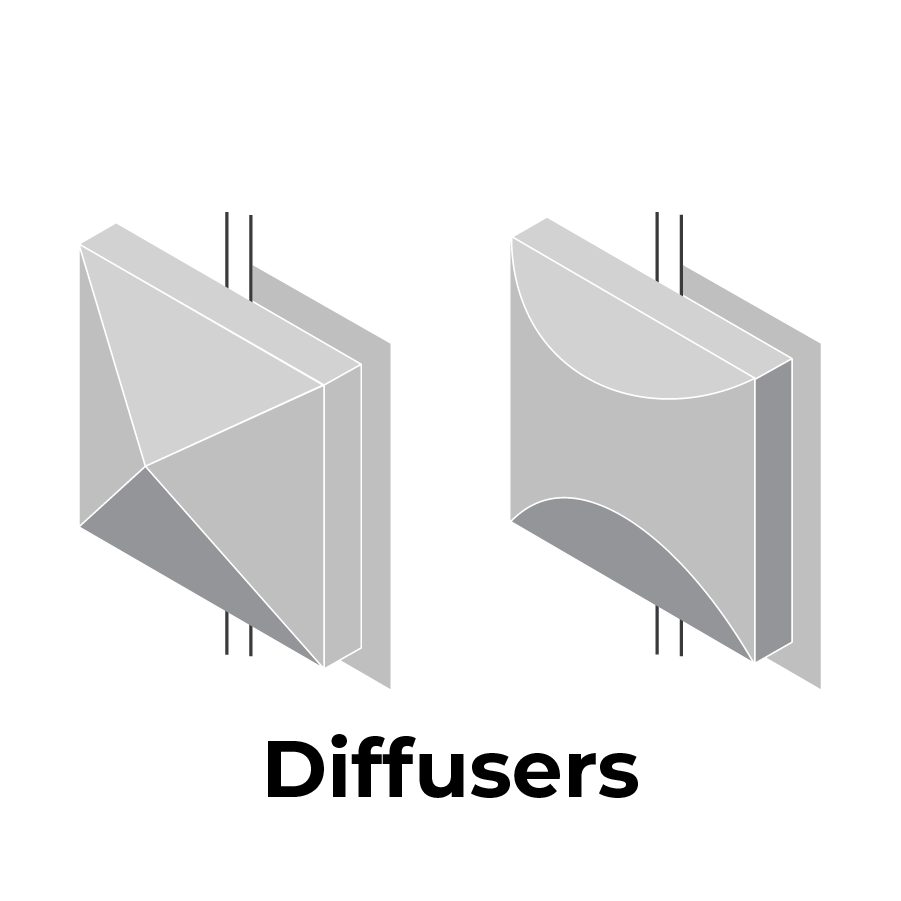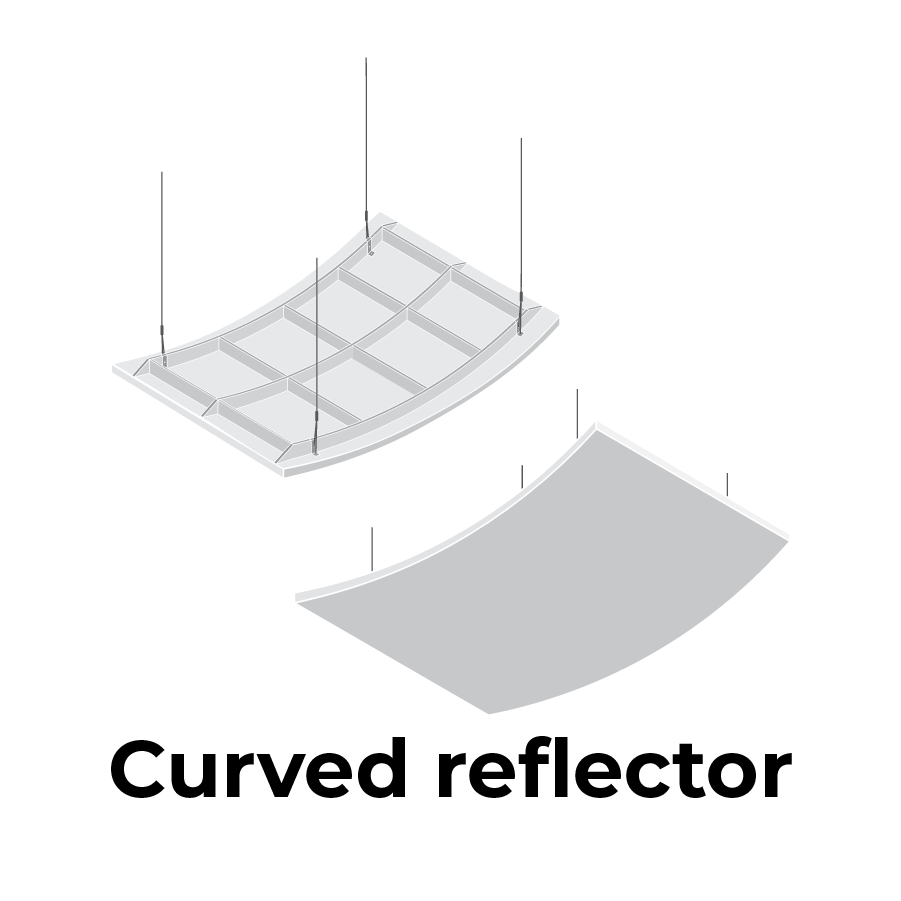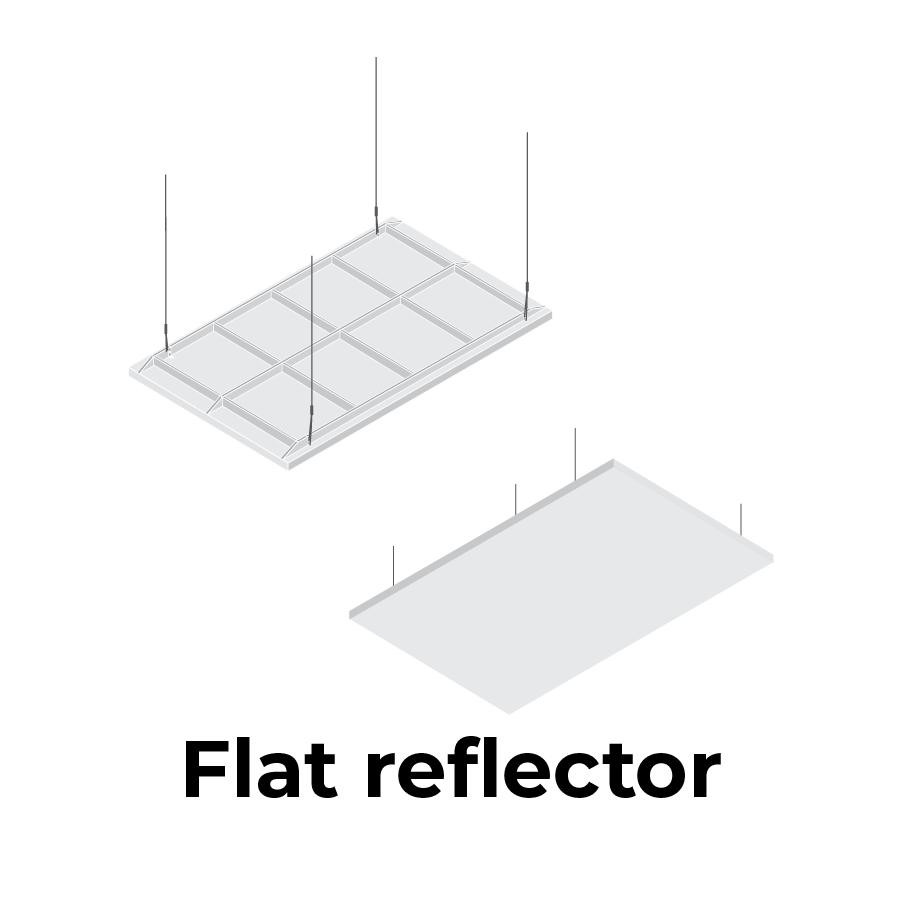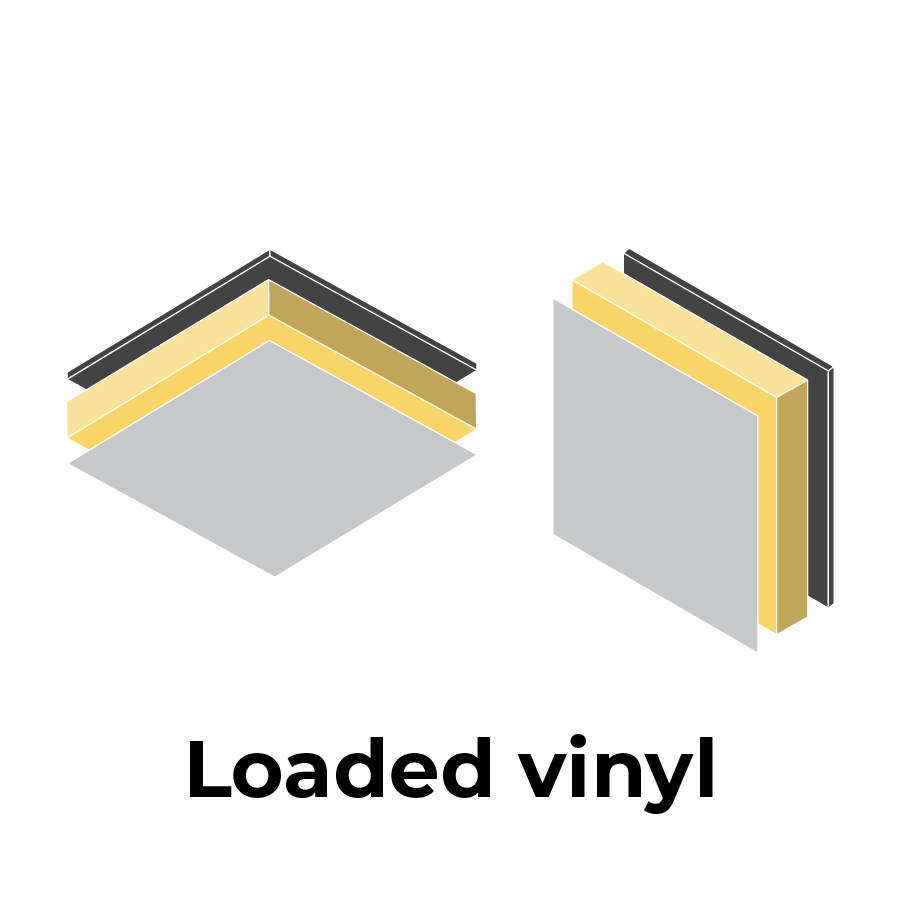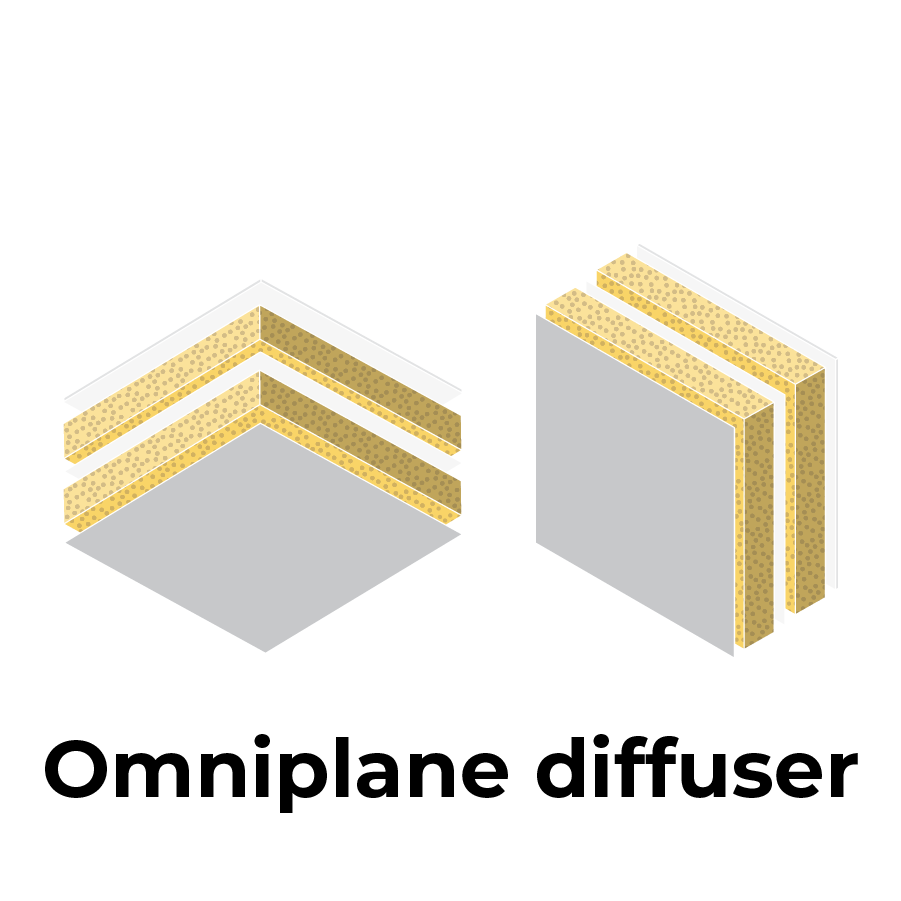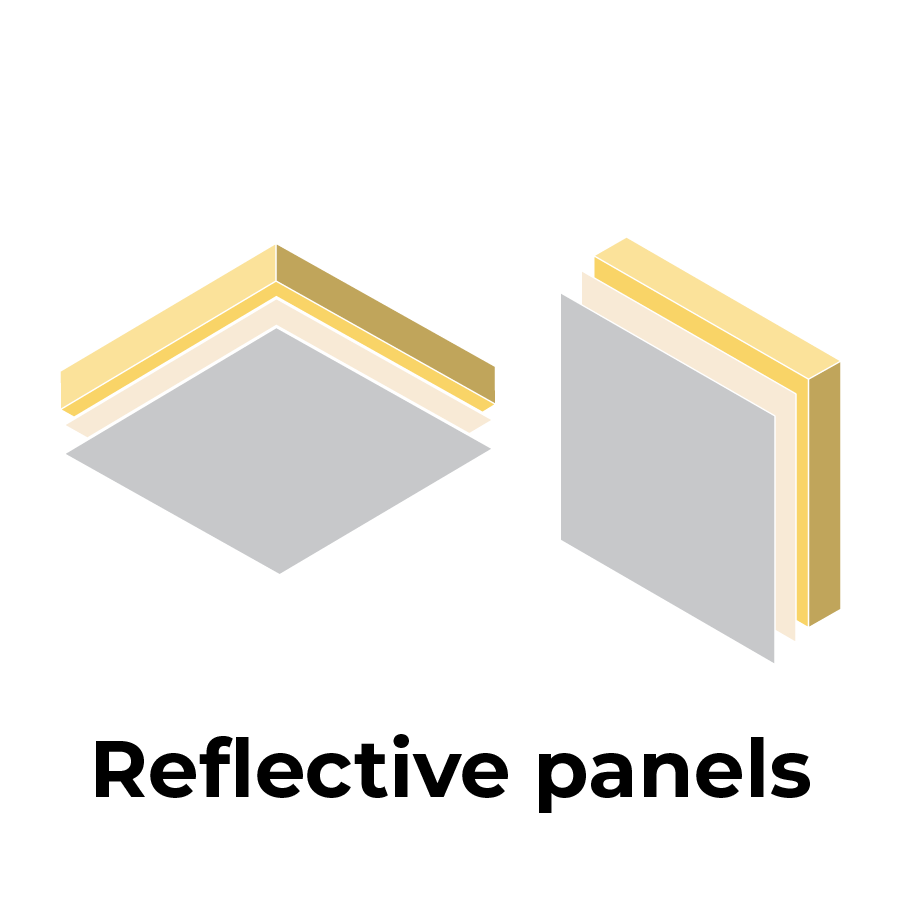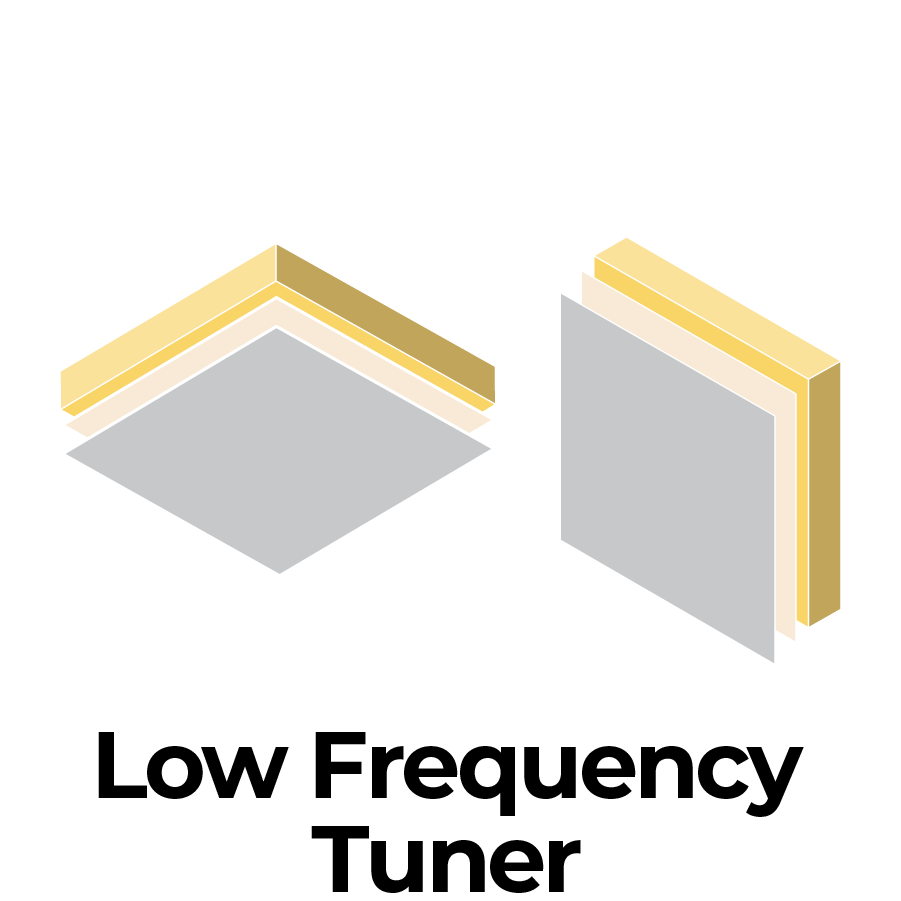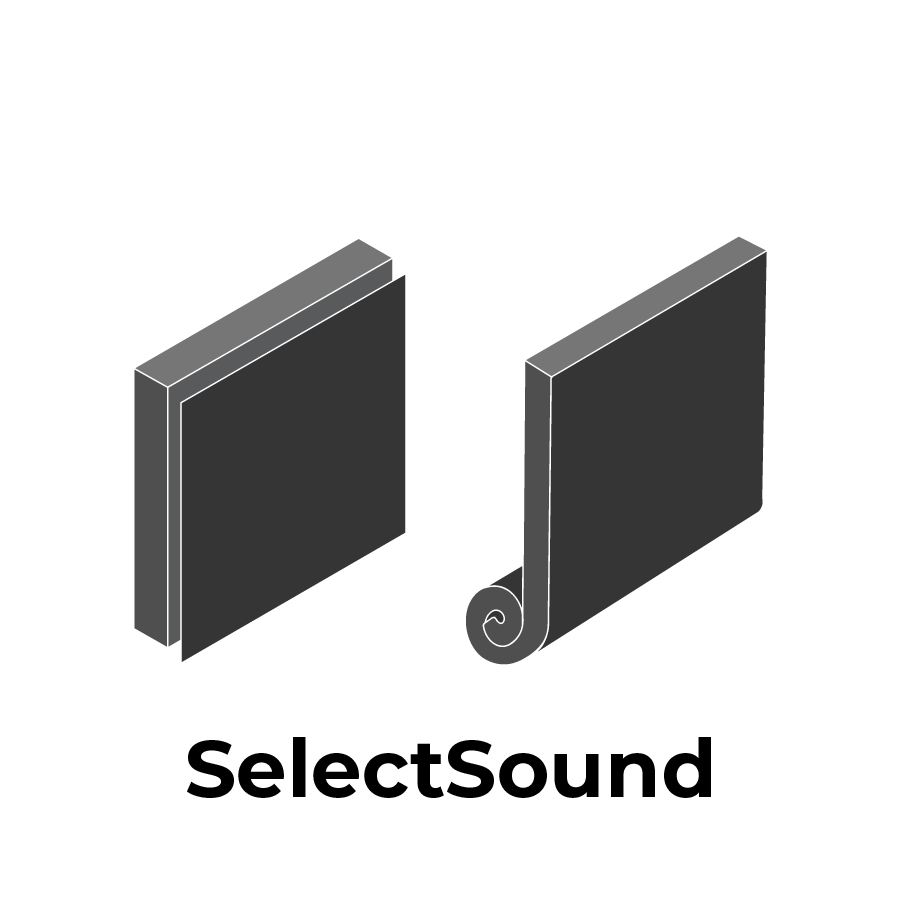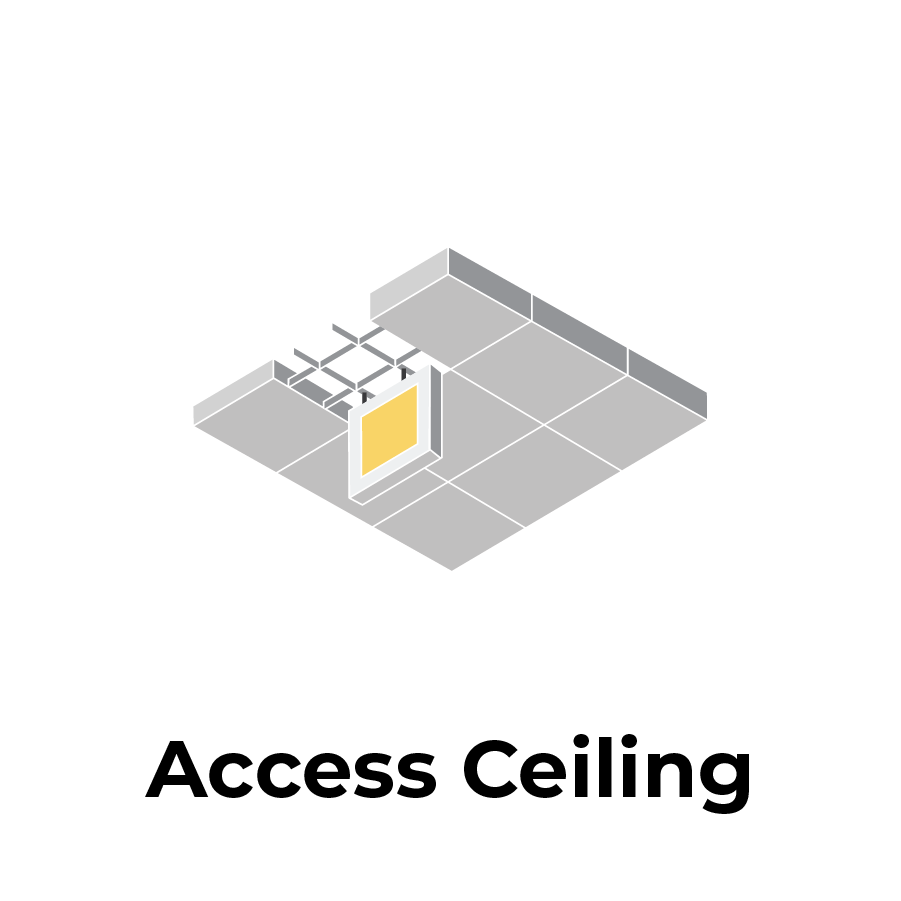To Block, or To Absorb: That is the Question.
The real problem with sound is simple: sometimes you don’t want it. Often, soundproofing methods need to be taken for a space to reach its potential. The nuance of the issue is this: you don’t want to block all sound. You want to clarify the productive sounds, like the music being played, or the voice of the lecturer, and minimize the unwanted sounds that cause confusion.
After discovering a sound issue in their space, the most common response is to head to google and search for soundproofing solutions. Of course, there will be more results than you’ve got time to read, and most will use terms like “sound absorbing” and “sound blocking.” These terms are often used interchangeably, and while they both seem to offer the same solution, they are in fact two different things.
It’s not uncommon for a business owner to confuse the terms and invest in materials that only make the problem worse. While there are products that combine both sound blocking and sound absorption materials, understanding the difference will help you choose the right solution the first time.

Sound Blocking
Sound blocking or soundproofing uses insulating materials to prevent sound waves from entering or escaping a space. The physical act of sound blocking sound requires the use of dense material that can reflect sound and effectively containing it in one space. As a result, sound blocking materials tend to be heavy and solid. Because of the term’s accessibility, and popularity, many people assume they need sound blocking when sound absorption will do the trick. Sound blocking is often the appropriate solution for music and tv studios as they want to protect their recordings from unwanted sounds. Movie theaters often invest heavily in sound blocking materials as it allows them to show multiple films in multiple rooms without having the sound leak into nearby areas.
Those who need to prevent sounds from entering or exiting have several product options to choose from:
Fiberglass Composite
Fiberglass composites are typically a combination of a fiberglass insulation blanket and reinforced polyester film facing. They’re often used to deaden the noise of loud pipes or HVAC systems.
Foam Composite
Foam composites are usually a combination of a polyester film layer and several layers of foam that vary in thickness. The variety of foams used allows for sound absorption at all multiple frequencies and in some cases the reduction of vibration noise. Foam composites are often used effectively in music studios and gun ranges.
Soundproofing Insulation
High-density cotton insulation is often used for personal workshops, home theaters, and office spaces. Unlike the generic pink fluff of the past, acoustic insulation also reduces heat transfer, allowing users to keep their space warmer in the winter and cooler in the summer.
Sound Isolation Systems
Sound isolation systems usually combine multiple sound-deadening materials into one package that can be scaled to fit DIY projects or provide commercial-sized solutions. These systems are often the most effective way to integrate sound blocking materials inside a ceiling or wall. The materials included in sound isolation materials will vary depending on its intended use, but most basic kits will involve sound isolation rails and sound-deadening pads that block vibrational noise.
How It’s Measured
The STC rating, or sound transmission class, is used to measure a material’s ability to reduce sound transmission. An STC rating is included in the data sheets for most soundproofing products made in America, as it is a building standard issued by the American Society of Testing and Measurement (ATSM). The STC rating system was developed in 1961 as a technique for comparing door, floor, wall, ceiling and window assemblies. The STC rating for a soundproofing product is determined by the level of decibel reduction the product can provide.

Sound Absorption
The use of sound blocking materials will reduce sound transfer through the walls of your space, but the sound within the room will be just as loud. This is where sound absorption comes into play. Sound absorption treats soundwaves within the space, utilizing products made of soft materials that absorb noise. At times the use of absorption products (acoustic panels, baffles, stretched fabric systems etc.) reduces the need for sound blocking as they reduce the intensity of sound while improving the quality. Any sound that escapes the walls of a room with absorption materials will be less invasive/offensive to neighbors. Sound absorption products are a go-to solution for schools and offices as they neutralize the reverberation caused by hard surfaces.
Those who need to absorb or control sound in their space have several product options to choose from:
Acoustic Panels
The use of acoustic panels is a great way to reduce echo and reverberation in your space. They absorb sound waves that would otherwise reflect off of the walls and cause speech intelligibility issues. Along with their effectiveness, acoustic panels offer a unique opportunity for personal expression. Choose exposed foam for a minimalist approach, or have your favorite artwork printed on a fabric-covered panel. Opt for custom-cut shapes to match the aesthetics of a unique space, or stock sizes that will fit a standard drop ceiling grid.
Acoustic Baffles
Acoustic baffles are a great option for environments that are large or have limited wall space. Once suspended from the ceiling they interrupt the natural path of sound waves and absorb them. Baffles can be installed vertically or horizontally, exposing both sides to sound. This increased surface area means an increased ability to reduce reverberation and improve speech intelligibility.
Acoustic Bass Traps
Low-frequency waves are much longer and stronger than higher frequency waves, and there’s rarely anything in a typical room that’s large or dense enough to absorb them. Allowing these bass waves to linger can negatively affect the acoustics in any space. This is the sort of scenario where acoustic bass traps shine. This is the sort of problem acoustic bass traps were created to solve. Bass waves tend to build up along boundaries like walls, floors and ceilings. Therefore, you’ll usually find bass traps in the corners of recording studios and home theaters. It’s the place where three boundaries meet.
Stretched Fabric Systems (Eurospan)
Stretched fabric systems are a favorite among architects who don’t want to sacrifice acoustics for aesthetics. They are typically comprised of an acoustical core, a perimeter tension track, and acoustically transparent fabric. They provide sound absorption like acoustic panels by reducing the hard surfaces in a space but maintain the monolithic surface. Some stretched fabric systems, like our Eurospan®, can be put over acoustic panels to cover more space. Often designed for ceilings and walls, stretched fabric systems provide high-performance acoustics without compromising creativity.
How It’s Measured
The NRC rating (Noise Reduction Coefficient) measures how much sound an acoustic product can absorb. The rating is measured on a scale from 0 to 1, with density and thickness being two factors that help determine the score of a product. An NRC rating of 0 means the product doesn’t absorbs any sound. A rating of 1 means the product absorbs all sound. A rating of .85 means 85% of the sound in a space is absorbed, and 15% is reflected.
NRC ratings are typically included in the data sheets for absorption products, sound absorption test results are often made public.
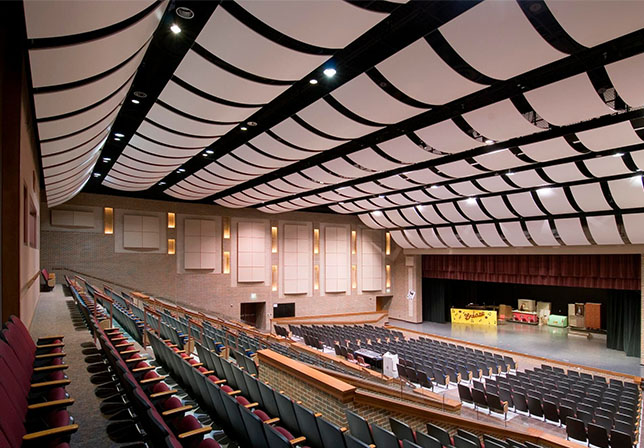
Choose The Soundproofing Solution That’s Right For You
Achieving peak acoustic performance requires a customized treatment plan. Acoustic bass traps might work wonders for a recording studio, but they won’t block the sound of your neighbor blow-drying their hair at 2 a.m. Accepting one-size-fits-all solutions can lead to wasted time and resources.
Here are some questions you can answer that will help you choose the right solution for your space:
- What are the dimensions of your space?
- What types of surfaces and/or items are in the space? (i.e. desks, chairs, tables, furniture, exercise equipment etc.)
- What is the primary use of the space? (i.e. office, gym, studio, home theater, lecture hall etc.)
- What is your primary goal: To improve sound quality within your space, or to better control how sound enters and exits your space?
Finding answers to these questions won’t make you an acoustic expert, but it will help you find solutions for the sound problems in your space.
Learn more about our sound blocking and sound absorption products here. Fill out our contact form to speak with a sound specialist today.

